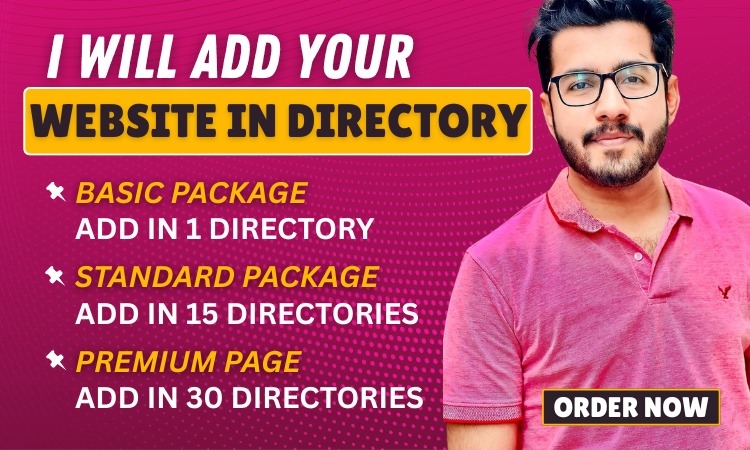If you’ve ever been stuck during a production outage, you know the pain: endless dashboards, scattered logs, and too many tools that don’t talk to each other. The bigger your system gets, the harder it is to keep track of what’s happening.
That’s where dash0 changes the game. Instead of being a patchwork of disconnected monitoring tools, dash0 unifies metrics, traces, and logs in one platform—built directly on OpenTelemetry (OTel). It’s fast, transparent, and designed for engineers who want fewer headaches and more clarity.
What Exactly is Dash0?
Dash0 is an OTel-native observability platform that gives developers, SREs, and platform engineers a single place to debug, monitor, and analyze distributed systems. Unlike traditional tools, it doesn’t lock you into proprietary formats. With dash0, your telemetry data remains open and portable, giving you full control over your observability pipeline.
Why Choose Dash0 Over Legacy Tools?
-
OTel-First Design: 100% built on OpenTelemetry, no hidden conversions.
-
Transparent Pricing: Pay by telemetry volume, not by host or user.
-
Lightning Speed: Powered by ClickHouse, optimized for huge data sets.
-
Usability: Built for engineers, not for checklists.
Key Features of Dash0
Unified Metrics
Long-term retention with instant queries so you can trust your SLIs.
Traces with Context
Follow requests across services and pinpoint slow spots instantly.
Logs That Matter
Logs link directly to metrics and traces, eliminating blind spots.
Dashboards and Maps
Service maps and dashboards help you visualize dependencies.
Alerts You Can Rely On
Proactive alerts and synthetic checks reduce downtime.
Configuration-as-Code
Dashboards and alerts can live in your Git repo for easy versioning.
How Dash0 Works Under the Hood
The backbone of dash0 is ClickHouse, a high-performance analytical database built for speed. That means you can run complex, high-cardinality queries—like drilling down into specific namespaces or services—without waiting forever.
Pair that with an OTel-native approach, and you’ve got observability that’s fast, open, and future-proof.
Who Should Use Dash0?
-
Developers who need to debug faster.
-
SREs who want to reduce MTTR.
-
Platform Engineers managing Kubernetes environments.
-
Scaling Teams who need reliable observability without runaway costs.
Dash0’s Transparent Pricing Model
Traditional observability vendors often charge by seat, host, or query volume. This makes it hard to predict your monthly bill.
Dash0 keeps it simple—you pay only for the telemetry you send. Built-in cost dashboards let you track usage by team, service, or namespace, so you always know where your money goes.
Dash0 vs Other Tools
Dash0 vs Datadog
Datadog is feature-heavy but notoriously expensive. Dash0 provides essentials with predictable pricing.
Dash0 vs New Relic
New Relic reformats telemetry into proprietary formats. Dash0 keeps it open.
Dash0 vs Prometheus + Grafana
Prometheus and Grafana are great but require lots of setup. Dash0 just works.
Common Use Cases for Dash0
-
Debugging microservice bottlenecks using traces tied to logs.
-
Monitoring Kubernetes workloads without extra plugins.
-
Cutting observability costs by analyzing telemetry volume.
-
Responding to incidents faster with connected data.
Dash0 in Real Life
Picture this: your checkout service is timing out. With dash0, you see error spikes in metrics, dive into traces that point to the guilty microservice, then open logs tied to that trace to uncover the exact failure. In minutes, you know what’s wrong and how to fix it.
Best Practices with Dash0
-
Use consistent labeling across your telemetry data.
-
Apply trace sampling for high-traffic apps.
-
Review cost dashboards weekly.
-
Keep alerts and dashboards under version control.
The Future of Observability with Dash0
The future is open, flexible, and fast. Dash0 embraces OpenTelemetry fully, giving teams control and freedom instead of locking them into a single vendor.
By combining usability, speed, and cost transparency, dash0 is shaping the next generation of observability.
Conclusion
Dash0 is more than a monitoring tool—it’s a smarter way to do observability. It unifies logs, metrics, and traces, while keeping pricing predictable and respecting open standards. If you’re tired of juggling tools and overpaying for observability, dash0 is the platform built for you.
FAQS
Q1: What makes dash0 different?
Dash0 is OTel-native, fast, and cost-transparent.
Q2: Can dash0 handle Kubernetes monitoring?
Yes, it provides deep insights into workloads, pods, and namespaces.
Q3: How does dash0’s pricing work?
You pay only for the telemetry volume you send.
Q4: Does dash0 replace multiple tools?
Yes, it unifies logs, metrics, and traces into one platform.
Q5: Is dash0 good for scaling teams?
Absolutely—dash0 handles growth without surprise costs.




